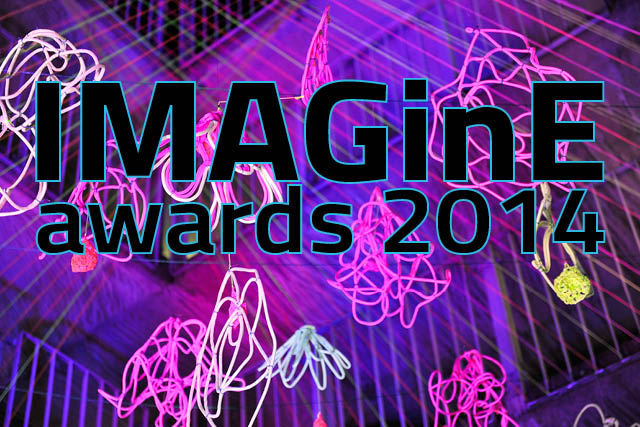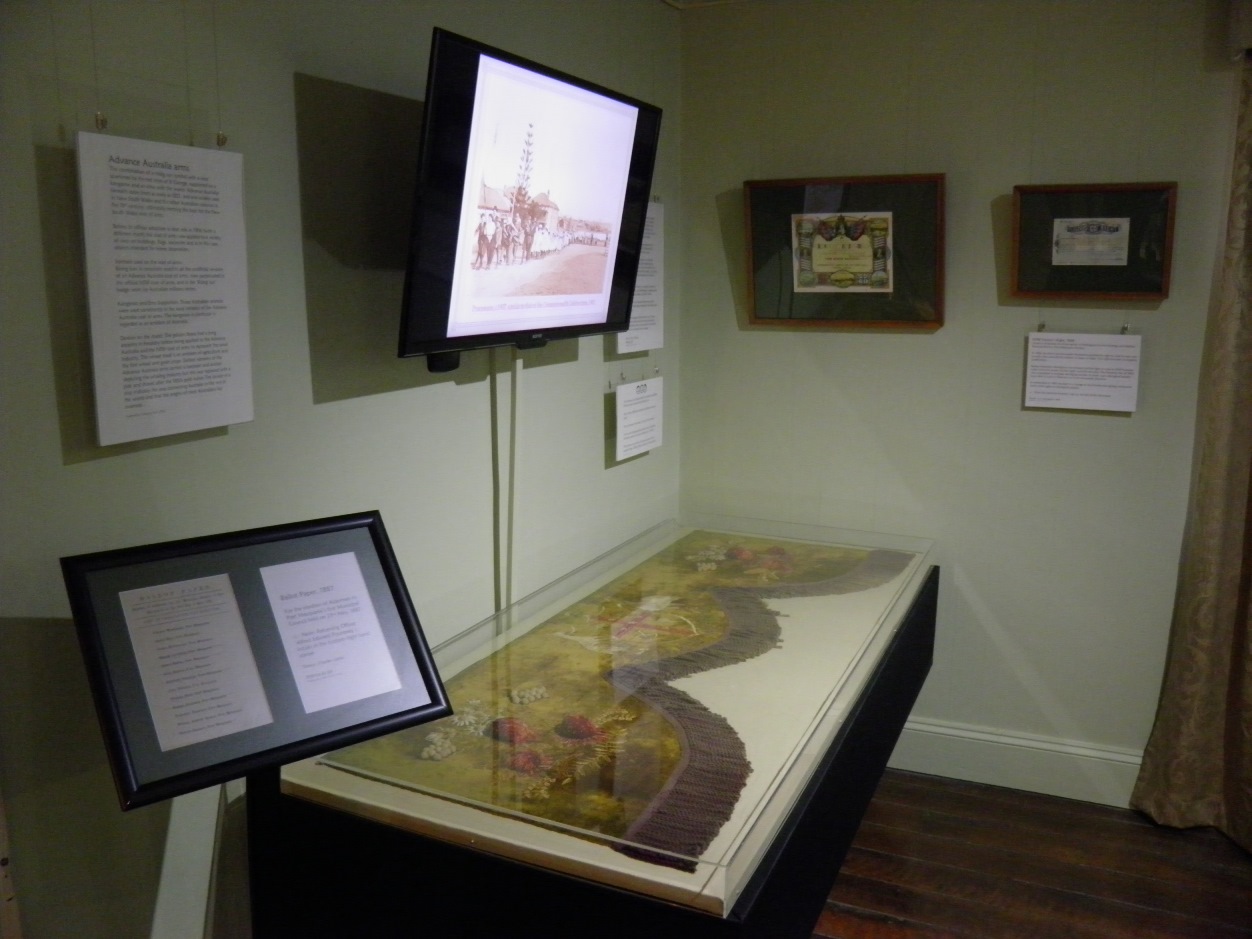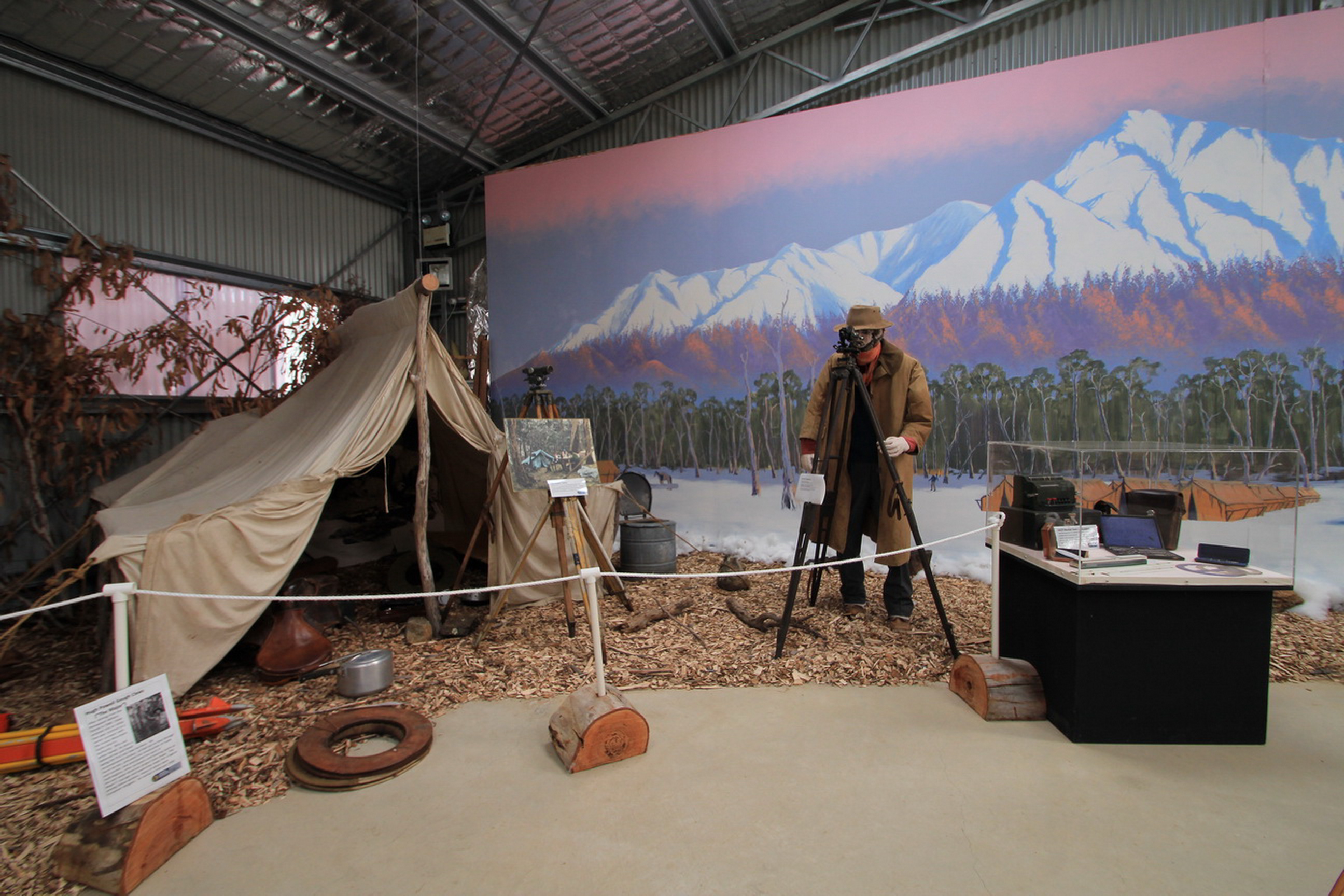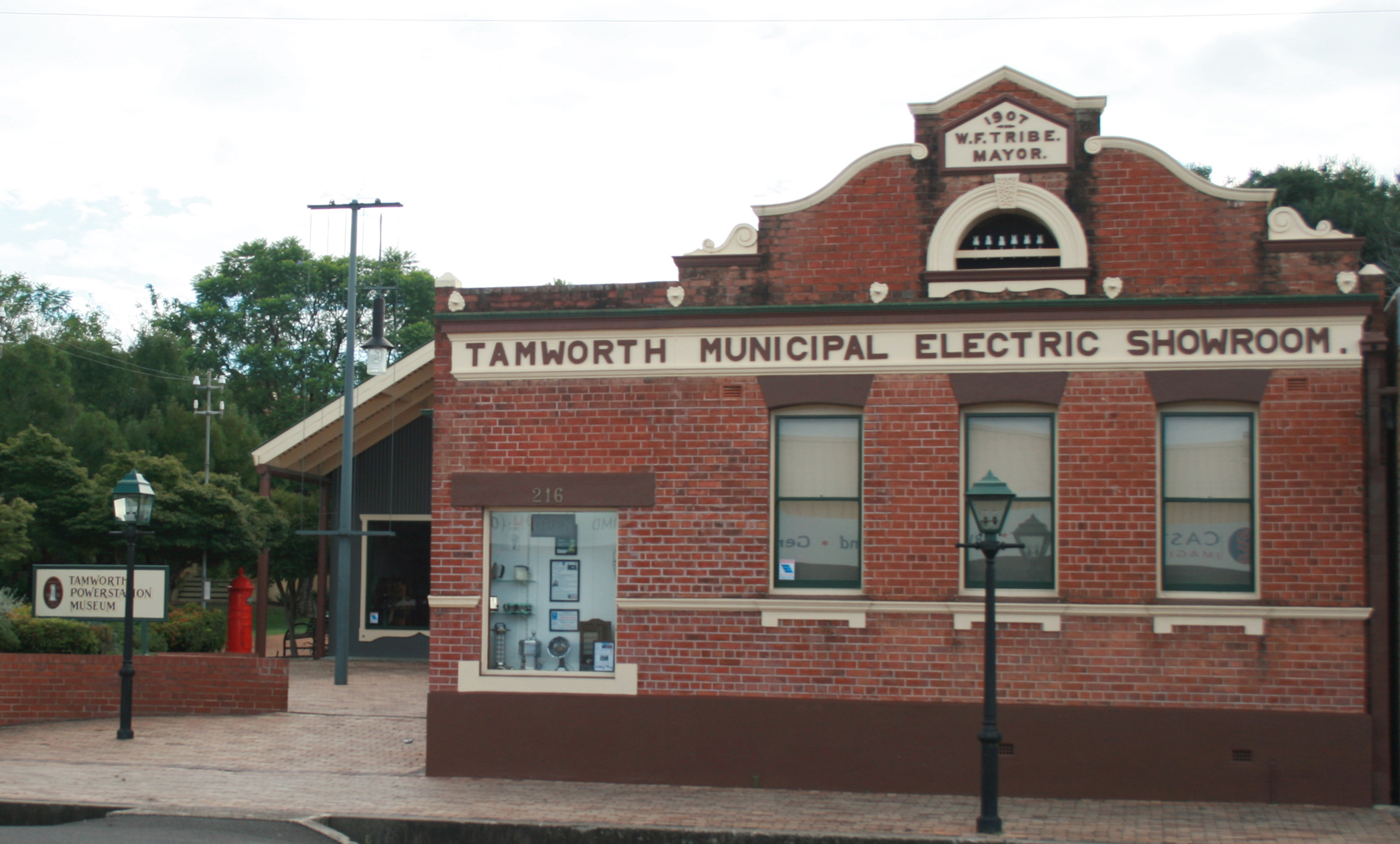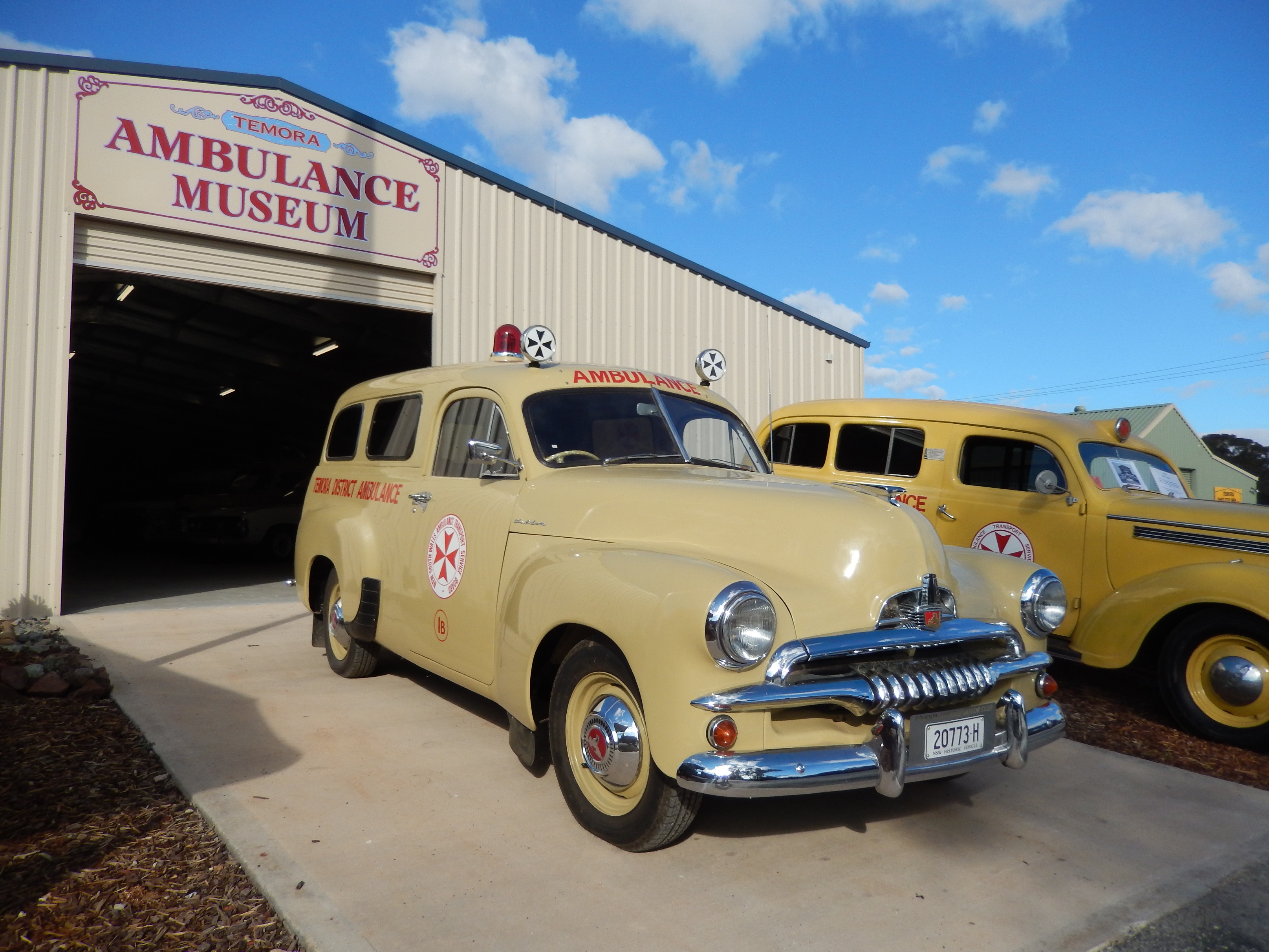Museum Projects: Volunteer or up to 2 paid staff
Click here to view all 2014 IMAGinE winners and highly commended organisations!
WINNER – TAMWORTH POWERSTATION MUSEUM: QUASQUICENTENNIAL OF LIGHT: 1888 – 2013
Quasquicentennial of Light: 1888 – 2013 celebrated 125 years of municiple electric street lighting in Tamworth. The celebrations included an open day, science fair, a range of public displays, and a ceremony at the newly refurbished Tamworth Power Station Monument Obelisk, to successfully engage the Tamworth community with their local history, and promote the scientific and social signficance of the introduction of municiple street lighting to the town.
Artist Josh Chaffey was commissioned by Tamworth Regional Council to create a site specific artwork which was installed on the museum’s facade during the event. Using LED lights, Chaffey created a map of Tamworth’s original 21Km of street lighting, seen as a grid pattern on the building.
The science fair proved an innovative way to engage visitors and sponsors; hands-on experiments providing insight into the museum’s collection, and local schools were challenged to build working electrical or magnetic devices.
The Quasquicentennial celebrated the unveiling of the newly refurbished Obelisk, repaired to its original condition and fitted with lights which automatically switch on at dusk every night. These modifications make the structure the only illuminated Obelisk in Australia.
HIGHLY COMMENDED – MCCROSSIN’S MILL MUSEUM & FUNCTION CENTRE: DOWN IN THE SHED
Down in the Shed is a new exhibit developed for display in the Chaff Shed, originally built in 1881 and recently restored for use as an exhibition hall.
The exhibit, overseen by Kent Mayo, Museum Director, occupies the 200 square metre Chaff Shed ground floor. It presents a series of stories and anecdotes relating to farming and grazing in the region. Objects are displayed on lime-green platform plinths and bright red wheel chocks support the wheeled vehicles. The interpretative panels, affixed to grey columns and identified with a customised wheel logo, are filled with stories to evoke a personal response from visitors.
In the Chaff Shed visitors are afforded uninterrupted views of the bold, strong building where concerted efforts have been made to retain original character and heritage features.
HIGHLY COMMENDED – TEMORA RURAL MUSEUM: TEMORA AMBULANCE MUSEUM
This museum showcases the history of Australian ambulance services, with particular reference to Ambulance NSW and the ACT Ambulance Service. Developed as a permanent exhibition, the display addresses a long-felt need among ambulance service staff, past and present, to preserve the numerous facets of the service, from fundraising, through training and education, to service delivery.
Under a draft Memorandum of Understanding between Temora Rural Museum and Ambulance NSW, the collection of heritage objects, documents and images, has been entrusted to the care of the Temora Rural Museum for incorporation as the Temora Ambulance Museum. This agreement was brokered by prominent serving and retired staff of the service, who continue to play an integral role in canvassing public support, sourcing objects, fundraising and publicising the project.
The official opening of the Temora Ambulance Museum was held to cooincide with the Temora Rural Museum’s Annual Live Exhibition. This year saw an increase of 25% with approximately 1,200 people attending the event. Of these, approximately 200 had direct links with the ambulance service with senior figures of both the NSW and ACT services attending the opening.
BATHURST DISTRICT HISTORICAL SOCIETY: BEN HALL RAID WEEKEND
The Ben Hall Raid Weekend was developed to mark the 150th anniversary of the daring raid by bushranger Ben Hall and his gang, who rode into Bathurst on the evening of Saturday 3 October 1863, stealing horses, raiding shops and causing general mayhem.
The Bathurst District Historical Society staged a three day festival of heritage displays; re-enactments, trips and tours, the opening of a new permanent display The Penzig Collection of bushranger related material, and a gala dinner with guest speaker, Mr Peter Smith a well-known bushranging historian.
The re-enactment took place on the actual site of the orginal raid, faithfully reproducing the actions of the gang; entering the town by the same route, and visiting the same shops as did Ben Hall and his gang in 1863.
The bus trips attracted over 400 people with more than 50 people taking part in the walking tours where the raid took place and, approximately 150 people enjoyed the guided tour of Bathurst Courthouse. The raid re-enactment brought over 3000 people onto the streets with the displays and exhibitions attracting over 1,000 visitors.
THE WOLLONDILLY HERITAGE CENTRE & MUSEUM: OF MINES & MEN
The Wollondilly Heritage Centre & Museum worked in partnership with Illawarra Coal and the Burragorang Retired Miners’ Association on the exhibition Of Mines & Men. The project included theconservation and restoration of mining equipment, construction of a replica mine and the development of support information.
After being approached by the Burragorang Retired Miners Assoc. the museum recognised an opportunity to develop a project that would benefit the miners in retaining their history, as well as enable the museum to better present this aspect of important local history. As a result the Retired Miners’ Association hold functions, regularly attend museum working bees, and have become an active part of the museum community.
The Schools Hands on History education program utilises the Of Mines & Men exhibit and role play with retired miners and volunteers dressing as miners to enhance students overall experience at the museum. Additionally, general visitation figures indicate an increase at weekends.
MCCROSSIN’S MILL MUSEUM & FUNCTION CENTRE: SHE’LL BE RIGHT MATE … HEARTS AND MINDS THAT SHAPED NEW ENGLAND
This new exhibit is located on level one of the newly restored Chaff Shed at McCrossin’s Mill Museum. Developed by Museum Director Kent Mayo, the exhibit houses 275 artfacts and provides insight into the construction activities of the early settlers in the region.
The introductory section called Home Sweet Hut introduces a collection of colonial building materials and the hand-tools used to make them. An internal path leads visitors to the blacksmith shop; through a collection of granite quarrying tools, the relics of one of Uralla’s successful 19th century industries; a showcase devoted to the treatment of the local indigenous people by the settlers; and information about the wool industry.
The remainder of the exhibit is devoted to an intriguing array of ‘make-do’ furniture and household utensils, displayed with the laconic sense of humour typical of the laid-back Australian attitude.
MCCROSSIN’S MILL MUSEUM & FUNCTION CENTRE: TRICKETT’S TRIUMPH
In the Salvation Army section of the Uralla cemetery is the grave of Edward Trickett, who died in an accident while visiting his son in Uralla, in 1916.
Edward “Ned” Trickett, son of a convict, became Australia’s first-ever world sporting champion when he defeated the Englishman Joseph Sadler on the River Thames on 27 June, 1876, to become World Champion Sculler. There was jubilation in Australia when the proud populace were suddenly aware that they would no longer be regarded solely as a convict colony, giving Trickett’s Triumph national significance.
Virtually all known Trickett artefacts were acquired for the exhibition including; the 1876 World Champion Sculler trophy andTrickett’s marble memorial which has been relocated from the Uralla cemetery to the museum.
CITY OF CANADA BAY MUSEUM: SIGNIFICANCE ASSESSMENT OF MUSEUM COLLECTION OF THE CITY OF CANADA BAY HERITAGE SOCIETY
Over a 6 month period and working with Museum Advisor Karen Coote, members of the Canada Bay Heritage Society assessed the objects in the Museum collection. The team made decisions about which items needed more research, which should be retained as props, and which needed to be disposed of.
Retained objects were photographed and catalogued into the MOSAIC collection management system providing the museum with an accurate database of its 2000 objects, including their storage location and a statement of relevance. The museum is now better able to theme their displays using objects to support the interpretation.
The project has successfully raised members’ confidence and skill levels despite some hesitation to undertake the task due to lack of experience and the relevant computer skills.
LITHGOW STATE MINE HERITAGE PARK: HEWERS OF COAL
The Hewers of Coal exhibit was devised to support interpretation of coal mining within the Lithgow State Mine Heritage Park. Using objects, images and sculpture combined with digital media, the new exhibit explores the changes in coal mining; from using the pick and shovel, to the introduction of explosives, and finally to mechanisation introduced in the 1940s and 1950s.
The exhibit was structured around the 1957 Waterside Workers’ Federation documentary Hewers of Coal of which a six-minute edited version presents the process of mining in a mechanised colliery. The footage is narrated by actor Leonard Teale and is triggered along with the lighting by visitor movement in the space. Artefacts which illustrate each phase of development are displayed; a hand pick is paired with a 1920s image of a miner hewing coal by hand; a hand drill, used after the introduction of explosives, has been mounted in a custom designed armature around which a sculpture of a coalface has been created.
This exhibit has contributed to an ongoing program to improve the quality and impact of museum displays.
PORT MACQUARIE MUSEUM: FEDERATION COMES TO PORT
Theexhibition Federation Comes To Port tells the story of Port Macquarie’s untold role in the federation of Australia and explains why Edmund Barton’s statue stands in one of the city’s most picturesque public spaces, Town Green. The project used an existing publication of the same name for its background research. The exhibition features objects from the museum’s collection including an embroidered pelmet of national significance.
Museum volunteers developed and curated the exhibition as a response to Significance Assessment recommendations made by consultant Roslyn Russell. Ten volunteers researched, planned, sourced images, wrote and edited text, purchased exhibition display equipment, and finally installed the exhibition and organised the successful opening.
Local member Dr David Gillespie MP officially opened the exhibition which proved very successful in attracting media attention and public interest and provided an opportunity to showcase the museum’s services to the wider community and to the local member specifically.
SNOWY SCHEME MUSEUM: INSTALLATION OF SOLAR PANELS AND LIGHTS
Snowy Scheme Museum installed solar panels and lights to the exterior of the museum in order to illuminate signage and increase visitation.
The lighting has dramatically increased the visability of the museum to passing traffic and has also allowed the museum to open after dark during the busy ski seanson. The exterior lighting also works effectively as an added security measure.
Lighting the exterior of the museum was recommended after taking part in the M&G NSW Standards Program in 2011. Snowy Scheme Museum was able to complete the project after receiving a Volunteer Initiated Museum (VIM) Small Grant in 2013.

